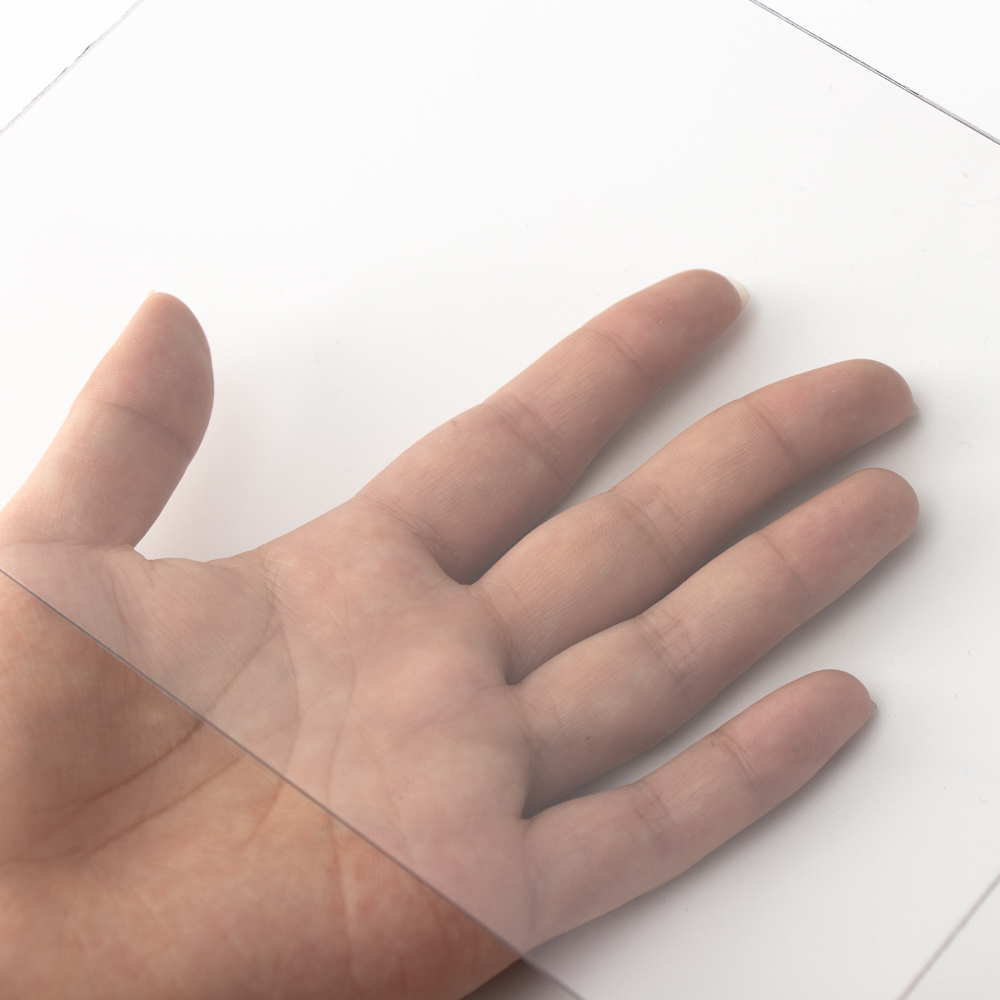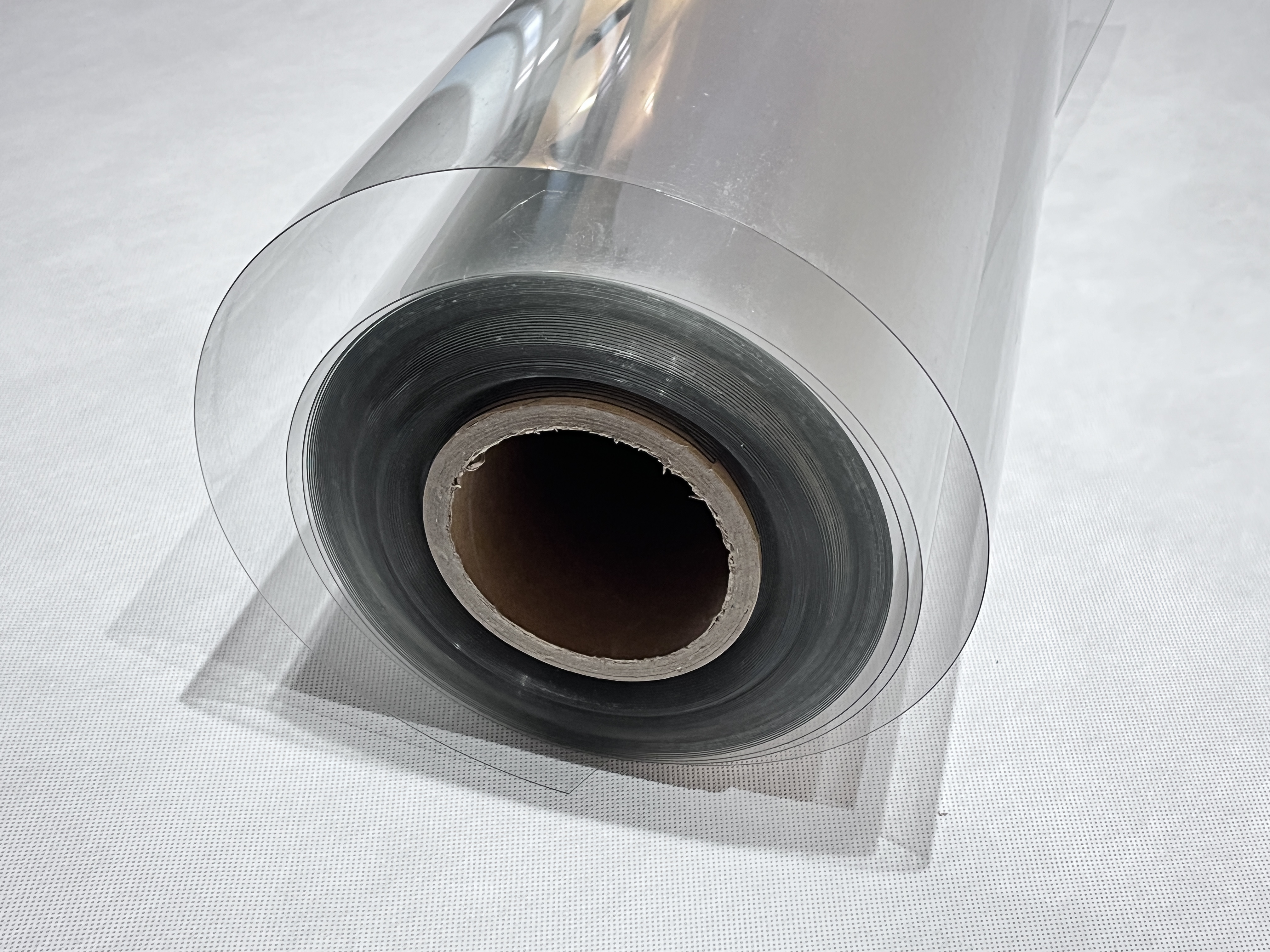PET is the abbreviation of English Polyethylene terephthalate. It means polyethylene terephthalate plastics, mainly including polyethylene terephthalate PET and polybutylene terephthalate PBT. Polyethylene terephthalate is also commonly known as polyester resin.
PET plastic structure
The molecular structure of PET plastic is highly symmetrical and has a certain crystal orientation ability, so it has high film-forming and forming properties. PET plastic has good optical properties and weather resistance, and amorphous PET plastic has good optical transparency.
![PET Transparent Sheet (9)]()
![PET Transparent Sheet (11)]()
In addition, PET plastic has excellent abrasion resistance, dimensional stability, and electrical insulation. Bottles made of PET have high strength, good transparency, non-toxicity, anti-penetration, lightweight and high production efficiency, so they have been widely used. The molecular chain structure of PBT is similar to that of PET, and most of its properties are the same, except that the main chain of the molecule has changed from two methylene groups to four, so the molecule is more flexible and the processing performance is better.
PET Features
PET is a milky white or light yellow highly crystalline polymer with a smooth and shiny surface. PET has the following features:
![PET Transparent Sheet (1)]()
1. It has good creep resistance, fatigue resistance, friction resistance and dimensional stability, low wear and high hardness, and has the largest toughness among thermoplastics.
2. Good electrical insulation performance, small temperature influence, but poor corona resistance.
3. Non-toxic, weather-resistant, chemical resistant, low water absorption, resistant to weak acids and organic solvents, but not resistant to hot water immersion and alkali.
4. The glass transition temperature of PET resin is high, the crystallization speed is slow, the molding cycle is long, the molding cycle is long, the molding shrinkage rate is large, the dimensional stability is poor, the crystallization molding is brittle, and the heat resistance is low.
Lamination PET characteristics
Through the improvement of nucleating agent, crystallizing agent, and glass fiber reinforcement, PET has the following characteristics in addition to the properties of PBT:
![pet-roll-sheet-1 pet-roll-sheet-1]()
1. The heat distortion temperature and long-term use temperature are the highest among thermoplastic general engineering plastics.
2. Because of its high heat resistance, the reinforced PET is immersed in a solder bath at 250°C for 10s without deformation or discoloration, which is especially suitable for preparing soldered electronic and electrical parts.
3. The bending strength is 200MPa, the elastic modulus is 4000MPa, the creep resistance and fatigue resistance are also very good, the surface hardness is high, and the mechanical properties are similar to those of thermosetting plastics.
4.Since the price of ethylene glycol used in the production of PET is almost half cheaper than that of butanediol used in the production of PBT, PET resin and reinforced PET are the lowest price among engineering plastics and have high-cost performance.
Various applications of PET
![pet-application-1]() The molding process of PET plastic can be injection molding, extrusion, blow molding, coating, bonding, machining, electroplating, electroplating, vacuum metal plating, and printing. So, PET can be applied to all walks of life.
The molding process of PET plastic can be injection molding, extrusion, blow molding, coating, bonding, machining, electroplating, electroplating, vacuum metal plating, and printing. So, PET can be applied to all walks of life.
1. Film sheet: all kinds of food, medicine, non-toxic and sterile packaging materials; high-grade packaging materials for textiles, precision instruments, electrical components; audiotapes, videotapes, film films, computer floppy disks, metal coatings, photosensitive films, and other substrates; electrical insulating materials, capacitor films, flexible printed circuit boards and membrane switches and other electronic fields and mechanical fields.
2. Application of packaging bottles: Its application has developed from the first carbonated beverage to the current beer bottle, edible oil bottle, condiment bottle, medicine bottle, cosmetic bottle, etc.
3. Electronic appliances accessories: manufacturing connectors, coil bobbins, integrated circuit housings, capacitor housings, transformer housings, TV accessories, tuners, switches, timer housings, automatic fuses, motor brackets, relays, etc.
4. Auto parts: switchboard covers, ignition coils, various valves, exhaust parts, distributor covers, measuring instrument covers, small motor covers, etc. PET also can be manufactured as exterior parts for automobiles.
5. Mechanical equipment: manufacturing gears, cams, pump housings, pulleys, motor frames, and clock parts, also can be used as microwave oven baking trays, various ceilings, outdoor billboards, and models, etc.
English
简体中文
繁體中文
العربية
Français
Русский
Español
Português
Deutsch
italiano
日本語
한국어
Nederlands
Tiếng Việt
ไทย
Polski
Türkçe
አማርኛ
ພາສາລາວ
ភាសាខ្មែរ
Bahasa Melayu
ဗမာစာ
தமிழ்
Filipino
Bahasa Indonesia
magyar
Română
Čeština
Монгол
қазақ
Српски
हिन्दी
فارسی
Kiswahili
Slovenčina
Slovenščina
Norsk
Svenska
українська
Ελληνικά
Suomi
Հայերեն
עברית
Latine
Dansk
اردو
Shqip
বাংলা
Hrvatski
Afrikaans
Gaeilge
Eesti keel
Māori
සිංහල
नेपाली
Oʻzbekcha
latviešu
অসমীয়া
Aymara
Azərbaycan dili
Bamanankan
Euskara
Беларуская мова
भोजपुरी
Bosanski
Български
Català
Cebuano
Corsu
ދިވެހި
डोग्रिड ने दी
Esperanto
Eʋegbe
Frysk
Galego
ქართული
guarani
ગુજરાતી
Kreyòl ayisyen
Hausa
ʻŌlelo Hawaiʻi
Hmoob
íslenska
Igbo
Ilocano
Basa Jawa
ಕನ್ನಡ
Kinyarwanda
गोंगेन हें नांव
Krio we dɛn kɔl Krio
Kurdî
Kurdî
Кыргызча
Lingala
Lietuvių
Oluganda
Lëtzebuergesch
Македонски
मैथिली
Malagasy
മലയാളം
Malti
मराठी
ꯃꯦꯇꯥꯏ (ꯃꯅꯤꯄꯨꯔꯤ) ꯴.
Mizo tawng
Chichewa
ଓଡ଼ିଆ
Afaan Oromoo
پښتو
ਪੰਜਾਬੀ
Runasimi
Gagana Samoa
संस्कृत
Gaelo Albannach
Sepeti
Sesotho
chiShona
سنڌي
Soomaali
Basa Sunda
Wikang Tagalog
Тоҷикӣ
Татарча
తెలుగు
ትግንያውያን
Xitsonga
Türkmençe
संस्कृत
ئۇيغۇرچە
Cymraeg
isiXhosa
ייִדיש
Yorùbá
isiZulu
















